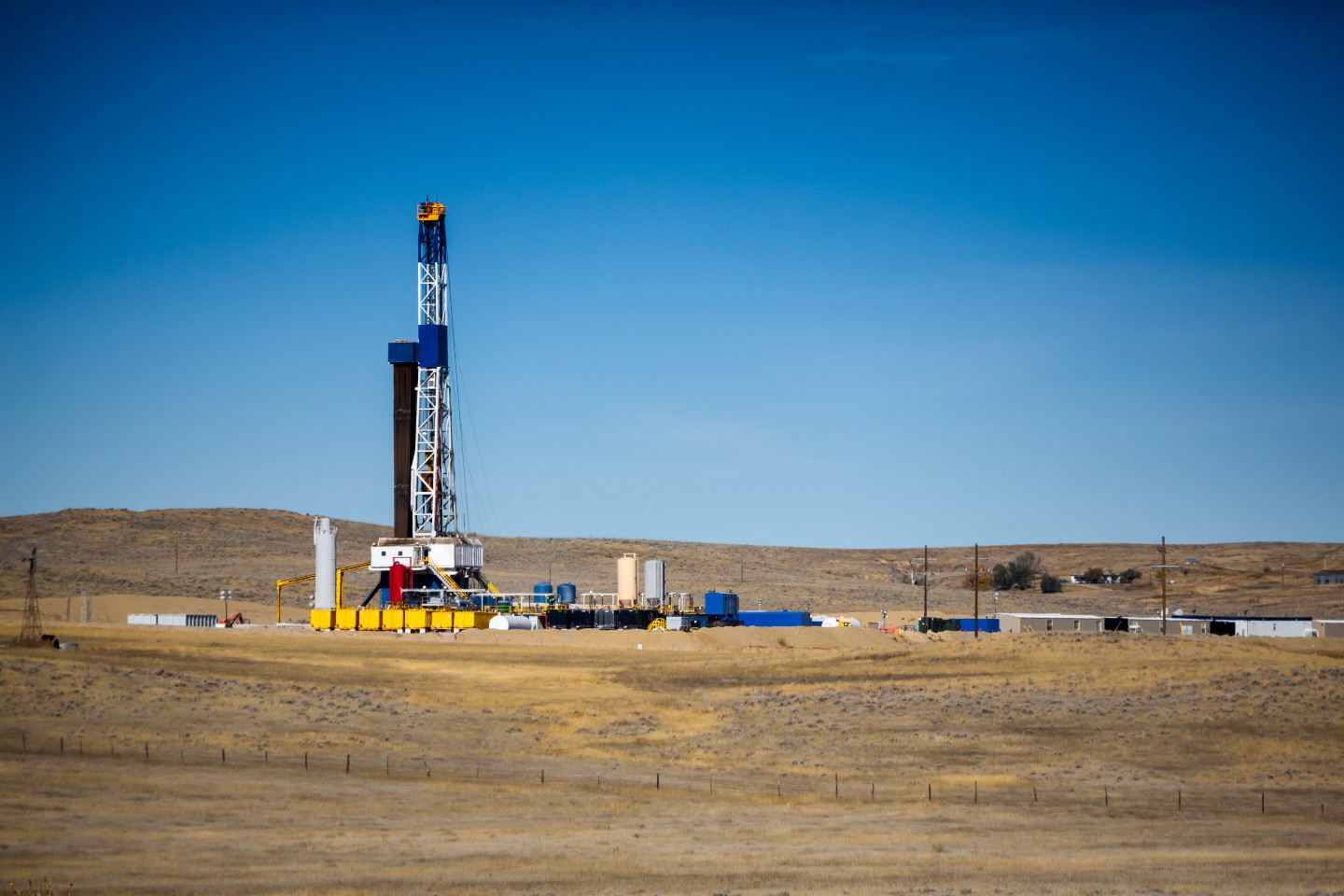The current pipeline constraints in the Permian have been caused by the booming production recorded since the crude oil price recovered in mid-2016. While production has burgeoned, the necessary pipeline infrastructure has been slow to catch-up. Midland to Cushing WTI spreads widened, and US crude output remained flat in May.
The production slowdown was thought to be an indication that pipeline constraints were limiting growth in the Permian. The entire Lower 48 States grew only 46 kb/d in May, after seeing an average monthly growth of 179 kb/d in the previous three months.
Despite the tightening pipeline capacity, the latest Kayrros data show that the production growth in June is actually hitting record highs. There was an overall increase of about 287 kb/d in Texas and New Mexico, according to Kayrros data. In contrast, the EIA predictions estimated a growth rate of 70 kb/d for the entire Lower 48 States. The official EIA monthly figures for June are expected on Friday.
The current Midland to Cushing WTI spread stands around $16/b according to CME group — a historically high number. The future projections show the spread narrowing slowly in accordance with the planned pipeline extensions. The heavy Midland discount is an indicator that producers are using costlier transportation methods, like trains and trucks, to get the oil from where it is produced to where it is stored and refined.
As shale oil production technology has increased, so has the productivity of the wells
As shale oil production technology has increased, so has the productivity of the wells. As a result, new wells are more productive than older wells, as new techniques are able to extract more oil out of them.
According to the Baker Hughes rig count, in early 2011 there were only 378 total oil rigs in the Permian Basin, with 66 of them capable of horizontal drilling. By December 2014 the horizontal rig count peaked at 352 operational rigs, even after the total rig count began to drop. That number dropped by half to 168 rigs six months later following the collapse of the WTI price.
The well potential, weighted by lateral length, has also increased significantly during the expansion period but was less affected by the price crash. Wells were producing 42 barrels per day per thousand feet in 2013, and are currently more than double that after reaching a peak of 128 in September 2017, according to Kayrros data. The increase in efficiency per well has clearly shown that horizontal wells have become more productive over time.
Because new drilling has happened at an increasing rate, the rest of the infrastructure has yet to catch up
Because new drilling has happened at an increasing rate, the rest of the infrastructure has yet to catch up. This number of drilled but uncompleted (DUC) wells are increasing, going from 2,621 in January 2018 to 3,470 in July, according to EIA data. The pipeline capacity out of the Permian basin is becoming fully utilized with no spare capacity available to handle increasing production. Other means of transportation, by rail for example, are being employed, but are more cumbersome and expensive.
With estimates for rail costs varying between $6 to $8 per barrel and trucks amounting to three times the rail costs, recent spreads have followed traders’ initiatives to arrange for rail and truck transportation out of the Permian. Any trucking shortage is set to push price differentials to new highs.
This problem is exacerbated by the recent steel tariffs, causing some companies interested in building extensions and increasing supply routes to double down on their pipeline extensions or risk half-completed projects. Plains All American has already been denied an exemption from the steel tariffs on their Cactus-II pipeline. Kinder Morgan’s steel supplier, Borusan Mannesmann Pipe, was also denied an exemption on tariffs, adding around $60 to $80 million to the cost of the Gulf Coast Express pipeline, a $1.75 billion project. Hess is expecting to hear soon from the US Department of Commerce on whether they will receive an exemption.
The projected $1.1 billion Cactus-II pipeline would run from Wink to Corpus Christi, Texas, a major storage hub on the Gulf coast. The estimated total carrying capacity of 585,000 barrels a day would help alleviate the tightness in the Permian basin. However, because the steel needed to complete the project can only be made in three refineries around the world, Plains All American has used parts made in a Greek steel mill. The different piping reduces the seam size and the welds per seam, which in turn reduces the chance for a rupture or a spill.
China is also stoking the trade war, placing 25 percent levies on imports of US shale oil.
The prohibitive tariffs, which add $17.12 to the price of WTI when it is around $68.50 per barrel, has discouraged Chinese buyers like Zhenhua Oil, PetroChina, and independent refiners.
Unipec has halted imports of US cude altogether, delivering a blow to exporters to the tune of about 100,000 barrels per day according to Reuters data. Unipec was Asia’s largest refiner and importer of US crude oil. The company had previously planned to triple the amount of US crude it trades to roughly 300,000 barrels per day by the end of the year.
China imported 53 million barrels of crude oil between January and May 2018, according to EIA data
Total production in the Permian basin is still increasing, despite these factors. It could create a tricky situation for companies that want to build pipelines in the area. They do not want to overestimate supply growth, as they cannot afford to build excess pipelines with the cost of steel.
Further insights will emerge as Kayrros expands its near real-time monitoring of crude oil production, storage, and transportation in the investment-intensive shale oil production basins of North America. And as traditional and alternative data become more integrated and increasingly timely, markets will benefit from predictable forecasts and more transparent information.

